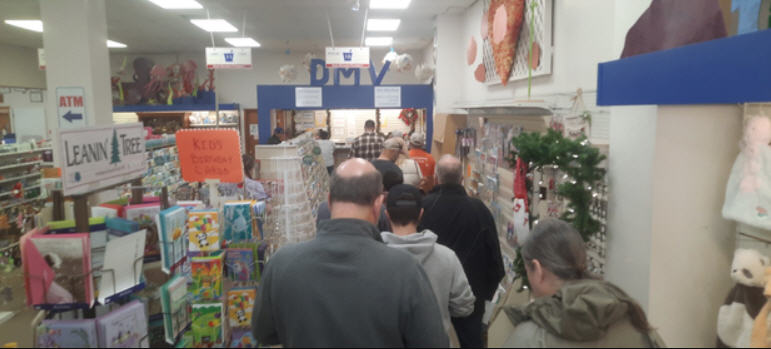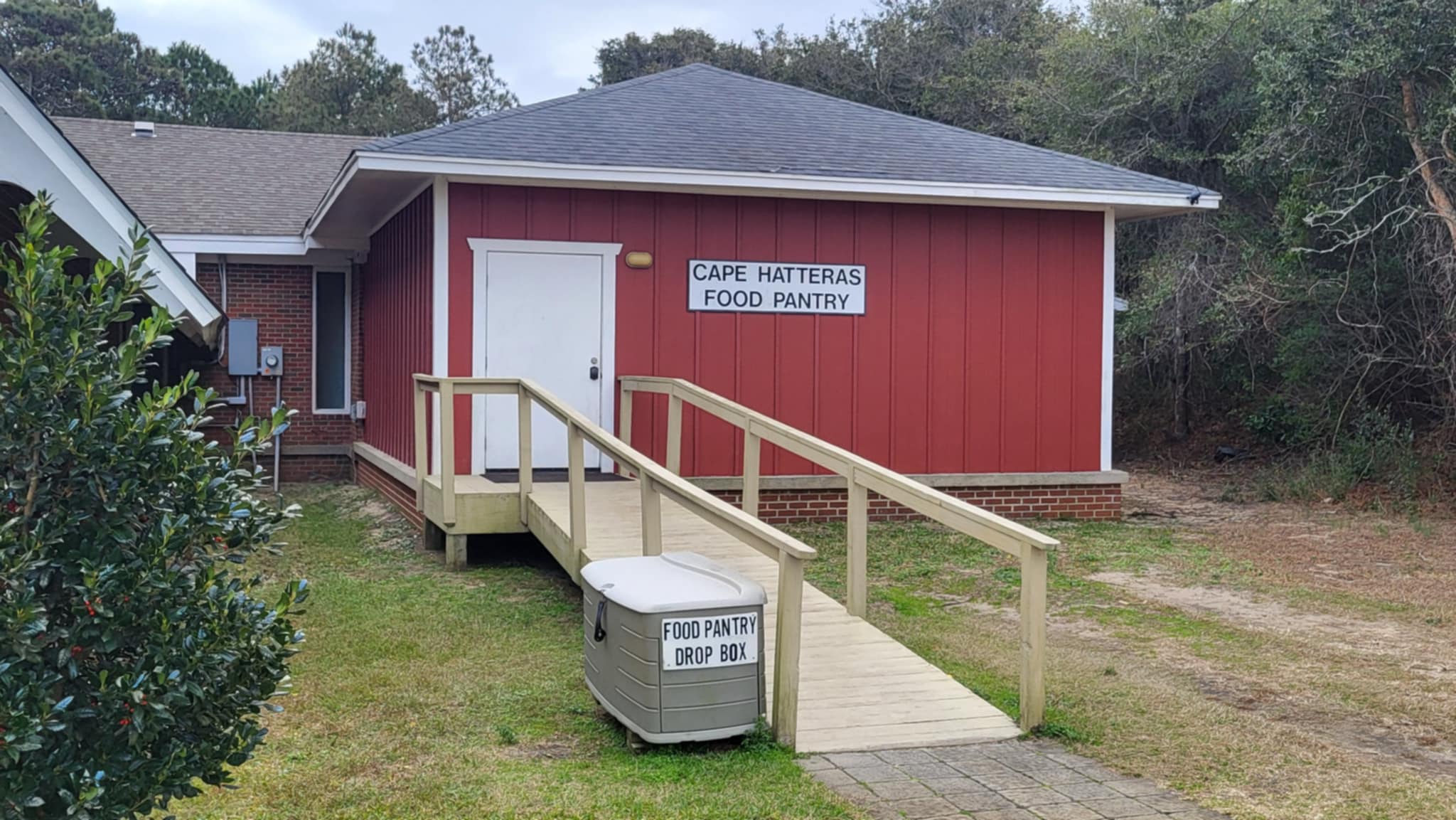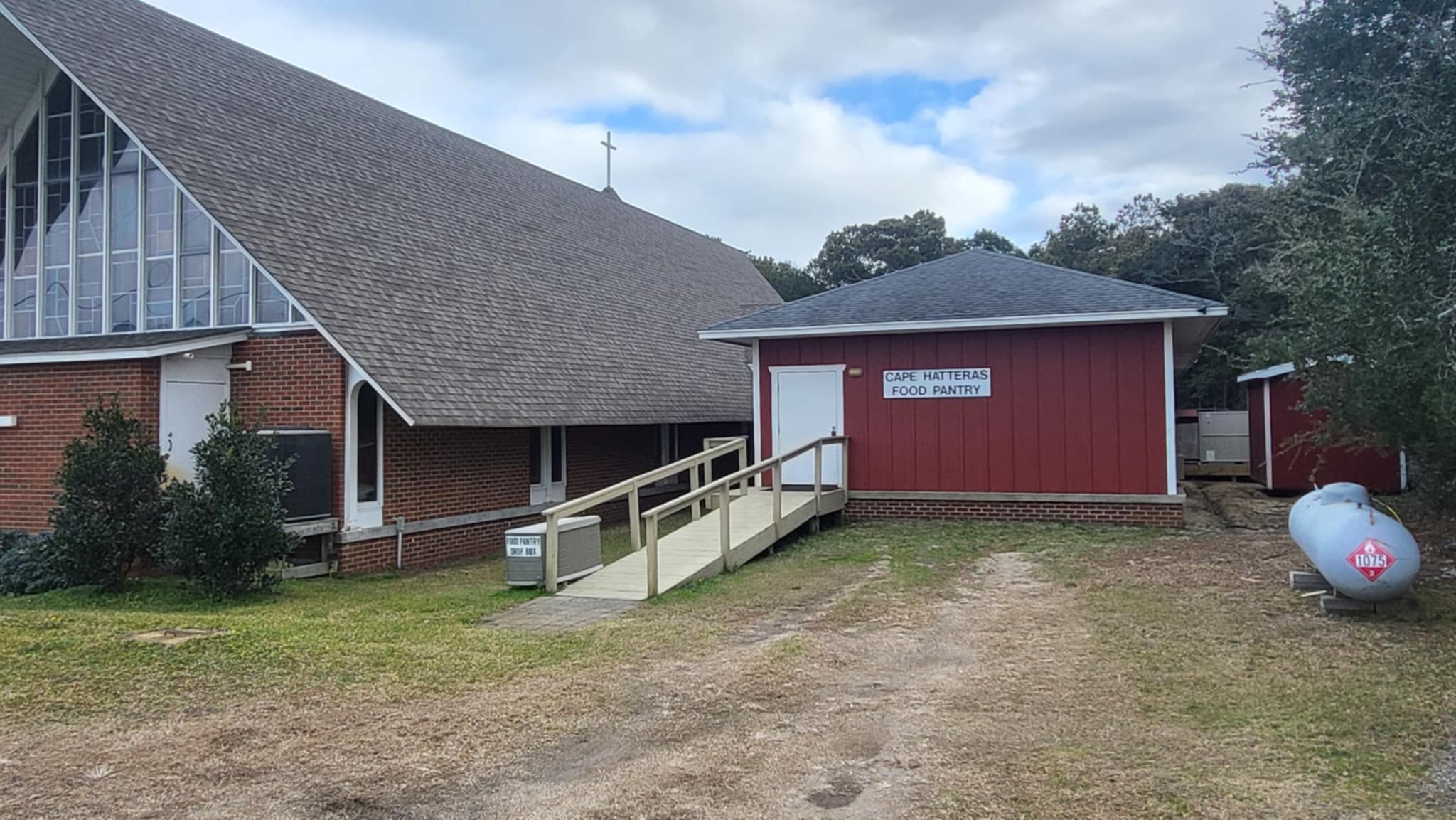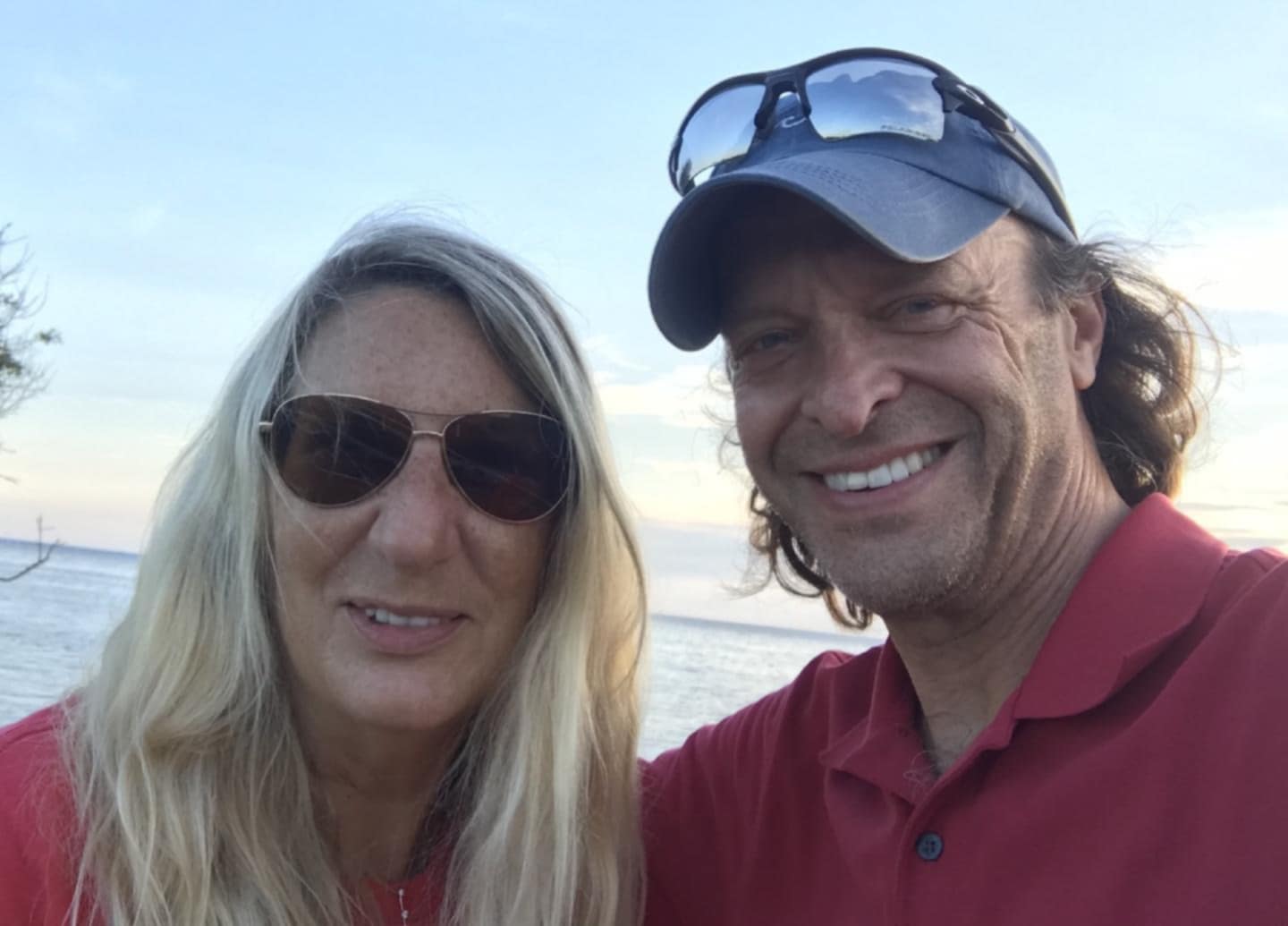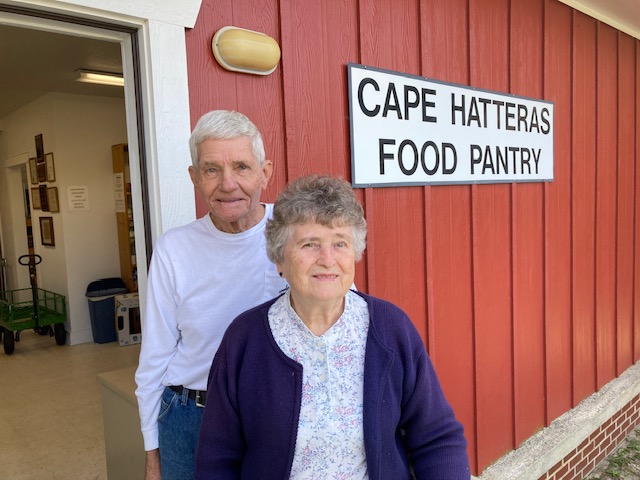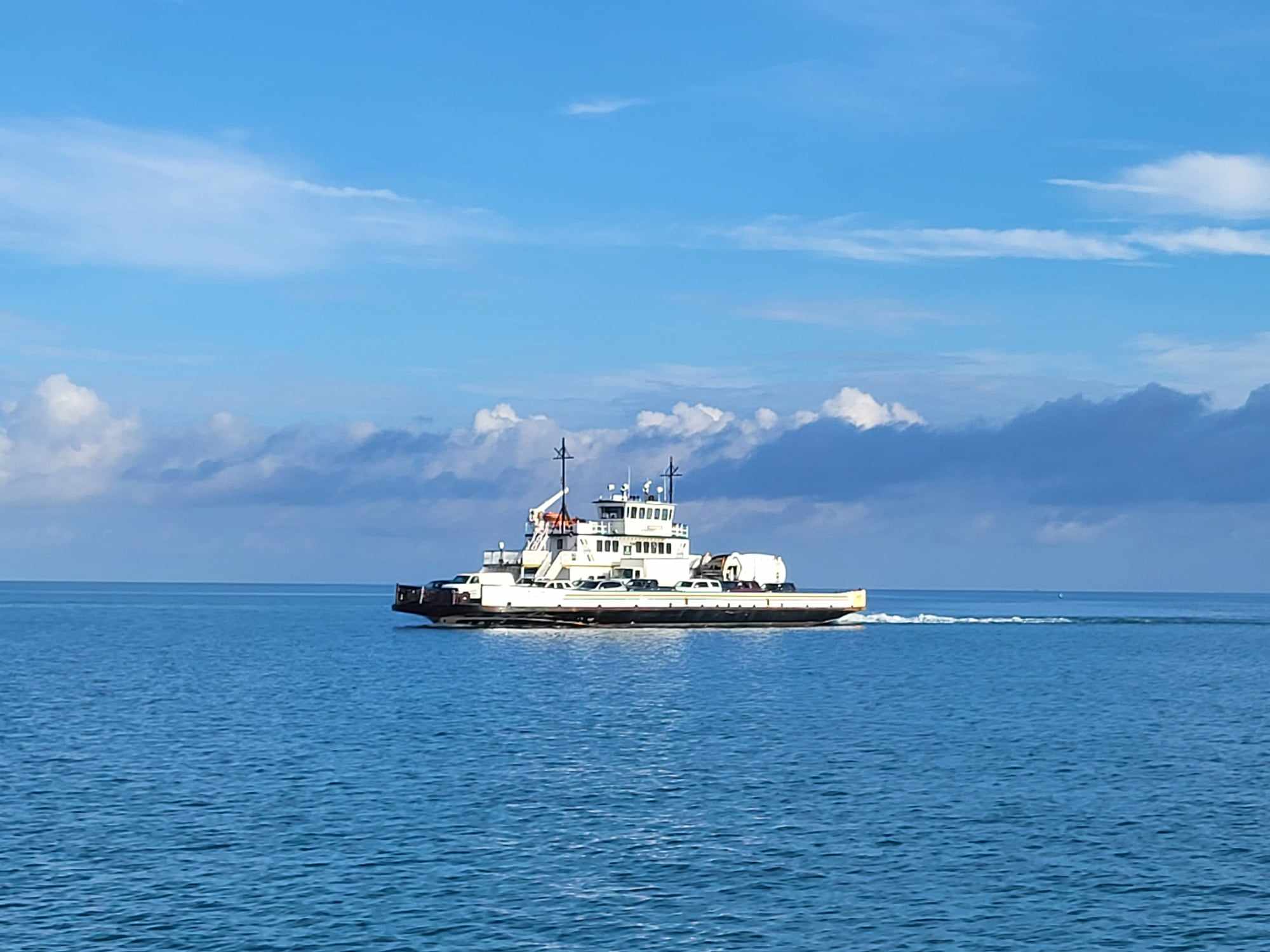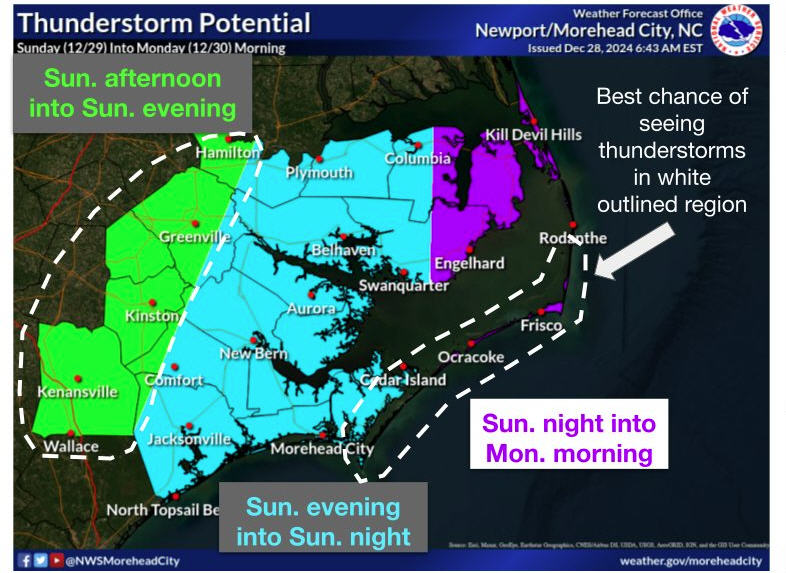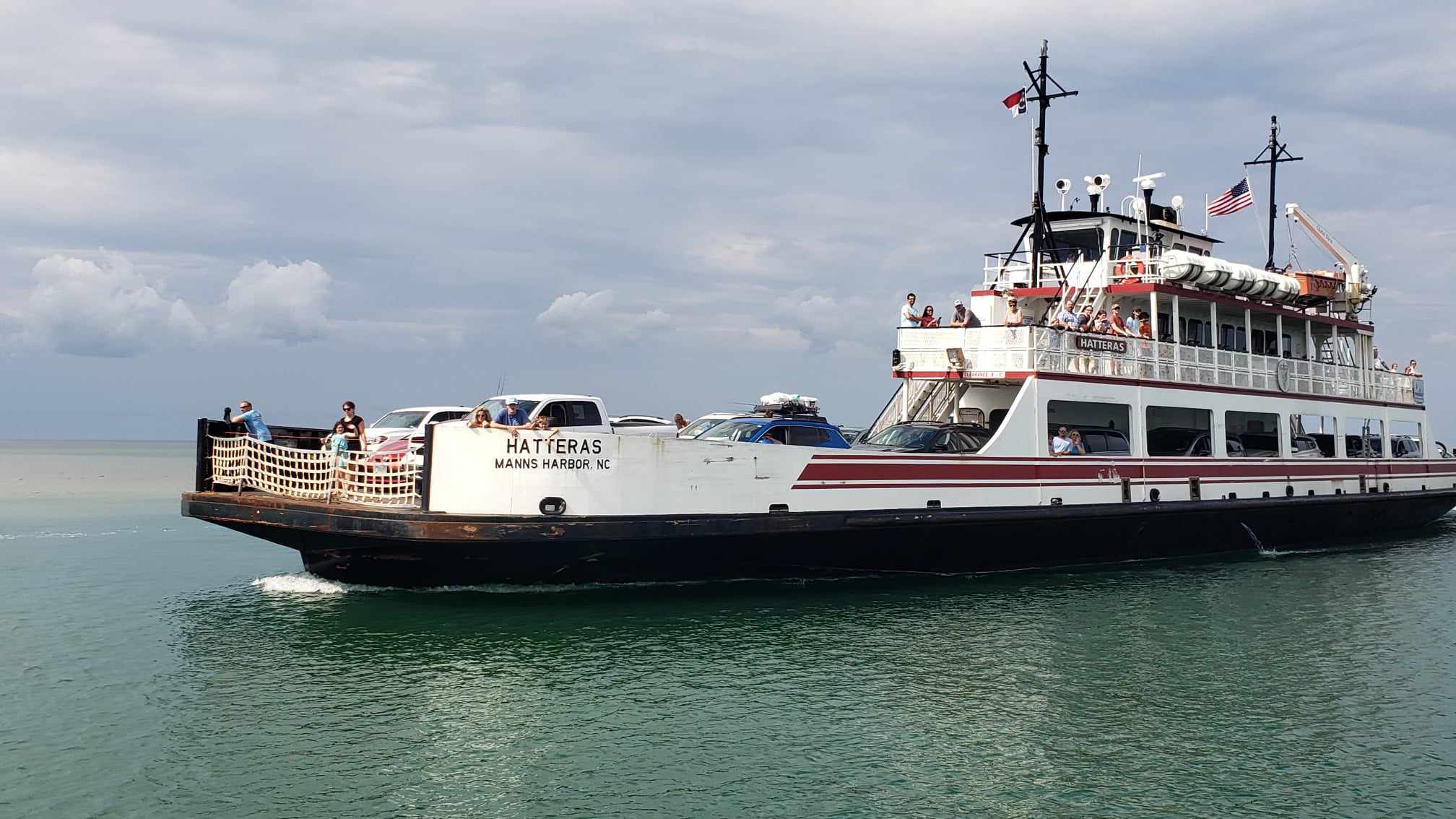Seashore biologist discusses research projects on interview show….WITH AUDIO
Britta Muiznieks, wildlife biologist and research coordinator for the Cape Hatteras National Seashore, was the guest on Sunday, March 15, on the Radio Hatteras Interview show, “To the Point.”
Muiznieks is a native of southern California who received a bachelor’s degree in wildlife biology from the University of California – Davis and a master’s in zoology from North Carolina State University. She worked for the U.S. Fish and Wildlife Service before she joined the National Park Service eight years ago and came to Cape Hatteras.
Currently, she is coordinating three important research projects at the seashore, all of which are focused on the Park Service’s dual mission of protecting resources while providing the public with access for recreation. The projects involve wildlife that nest on the seashore — sea turtles, American oystercatchers, and piping plovers.
During the interview, Muiznieks shared details on each of the projects.
SEA TURTLES
A project dubbed “Turtle Sense” is using technology to more accurately predict exactly when turtle nests on the seashore will hatch.
The project was first conceived several years ago by Eric Kaplan, founder of the Hatteras Island Ocean Center in Hatteras village, who partnered with Nerds Without Borders to get the research underway. Biologists are placing electronic sensors in certain sea turtle nests that connect through a cable to a communication tower and send information to a project manager at Nerds Without Borders.
The theory is that there will be a flurry activity from within the nest before the baby turtles hatch and “boil” out to make their way to the ocean. This usually happens after about 60 days of incubation, but the actual hatch date can vary, depending on such things as temperature and when the nest was laid.
Currently, the nests are “expanded” at 50 days to prepare for the hatch. The expansion of the resource protection closure can prohibit off-road vehicle and pedestrian access in certain areas, and the expansion can last for weeks if the hatch date is especially late.
Therefore, if park biologists could more accurately predict the exact hatch date, the times that beach areas are closed for nest hatching could be reduced.
Last year was the first full year for the Turtle Sense research. Muiznieks said that sensors were placed in 19 nests on the seashore. There were glitches with a few of the placements, but, she said, data was retrieved from 14 of the nests.
The data is showing a spike in activity from two to five days before the nest actually hatches. “For the most part,” she said, “it’s quite accurate.”
This year, Muiznieks said the seashore has 20 sensors that can be reused, and that the goal is to place sensors in more than 40 nests to gather data.
Muiznieks cautions that the research is still in its very early stages and that it is likely to be a number of years before park biologists would be feel totally confident in letting sensors dictate turtle nest resource closures.
AMERICAN OYSTERCATCHERS
American oystercatchers are not federally protected under the Endangered Species Act, but are listed as “species of special concern” by the state and are protected on the seashore.
The oystercatcher research is heading into its second year on the seashore. Seashore biologists are working with North Carolina State University graduate students to study how vehicle disturbance affects nesting oystercatchers during incubation.
In order to do this, Muiznieks said that video cameras and heart rate monitors in “imitation” eggs placed in nests are being used to record how the birds react to vehicles that are driven near the nests by the researchers.
Although 26 pairs of oystercatchers nested on the seashore last year, the first year of the research, not all of the nests could be used for the project — because of their location or because they were intermingled with other nesting birds.
Data were gathered from seven or eight of the nests, a very small sample size. This year, the project will be expanded to Cape Lookout National Seashore to expand the sample size. A third year for the project is planned for next summer.
Again, Muiznieks says that it is much too early to predict an outcome from the research or what it might mean for nest buffers at the seashore, but there are some early observations.
“In general,” she said, “the thought is that the birds weren’t necessarily reacting to vehicle disturbance.”
PIPING PLOVERS
Piping Plovers are federally listed as a threatened species on the seashore and breeding and nesting birds and their chicks are protected from vehicles and pedestrians with buffers of varying sizes.
The size of the buffers — especially the 1,000-meters for chicks — have been especially contentious under the Park Service’s ORV plan.
This year, a five-year research project will begin at Cape Hatteras under the direction of Jim Fraser, a professor of wildlife biology at Virginia Tech University, who has done other work with piping plovers.
Muiznieks says the research will be looking at such issues as fledge rates, chick movement, predation, and survival and is geared to help park biologists make decisions on the management of the piping plovers. The research could involve using transmitters on some of the chicks.
All of the research projects are being paid for from ORV permit funds. For fiscal year 2014, the cost of the research was $100,000 — $60,000 for the oystercatcher disturbance study, $30,000 for Turtle Sense, and $10,000 for the piping plover study.
Questions about the projects can be sent to britta_muiznieks@nps.gov.
“To the Point,” which is hosted by Island Free Press editor Irene Nolan, airs on the island’s community radio station, FM 101.5 and FM 99.9, at 5 p.m. on the first and third Sunday of each month. It is repeated on the second and fourth Sunday. Those who don’t live on Hatteras can listen to the show on Sundays through live streaming at www.radiohatteras.org.
To listen to an audio of the interview, scroll down to the “To the Point” logo — an aerial photo of Cape Point — and click on it.
MORE ABOUT ‘TO THE POINT
On the show, IFP editor Irene Nolan will be interviewing newsmakers about the events and issues that affect all of us who live on Hatteras Island and those of us who love to visit here.
“You can expect to hear from folks who are making the news, those who are decision-makers, and some who are just plain interesting to talk to about the island and its past, present, and future,” she says.
Because the station’s all-volunteer staff and small budget are stretched tight, the show is pre-recorded. At this point, listeners cannot call in questions.
Although Radio Hatteras broadcasts only on Hatteras Island, others can now listen to the station live through streaming on their computers. So if you don’t live on Hatteras, you can still listen to the show on Sundays at 5 p.m. Go the www.radiohatteras.org.
If you miss it, the audio is posted on the Island Free Press the week after the interview.
You can let Nolan know about folks you would like her to interview and suggest questions to ask. Send your ideas to editor@islandfreepress.org.
MORE ABOUT RADIO HATTERAS
Radio Hatteras is our community, non-profit radio station and depends on grants, memberships, and underwriting.
It broadcasts around the clock with news — including such things as surfing and fishing reports — community announcements, music, and special programs.
Our community radio station also needs your support, and you can give that by purchasing a membership or by underwriting the station if you are a business or another community non-profit.
Radio Hatteras memberships are $50 for a family, $25 for an individual and $10 for a student. Mail memberships and other contributions to Radio Hatteras, P.O. Box 339, Frisco, NC 27936.
E-mail info@radiohatteras.org or call (252) 995-6000 for information about underwriting opportunities.
You can read more about Radio Hatteras and its music and programs on its Facebook page, https://www.facebook.com/radiohatteras.
The new Radio Hatteras website is http://www.radiohatteras.org. There’s information on memberships, underwriting, and programming, among other things.
Radio Hatteras wants to publicize community events. You can send them at least two weeks in advance to psa@radiohatteras.org.
If you have a special request for a song, you can e-mail it to studio@radiohatteras.org.
If you have news, you can send it to news@radiohatteras.org.


